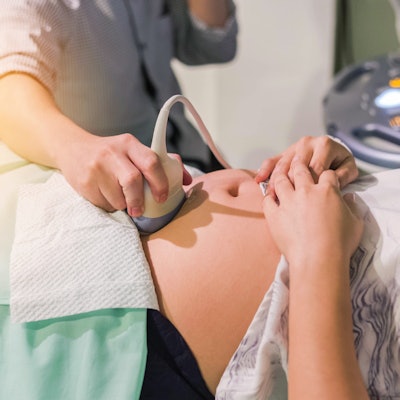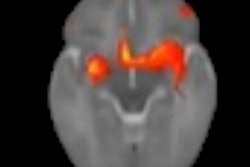
People living in certain geographic and low-income areas have less access to obstetric ultrasound, according to a Canadian study published August 24 in Academic Radiology. These areas include remote geographic regions and areas populated by Indigenous people.
Researchers led by Dr. Scott Adams from the University of Saskatchewan found that patients living in rural and remote areas and First Nations individuals were less likely to have a second-trimester ultrasound, while patients living in high-income areas are more likely to have one.
"Addressing barriers which these demographic groups face in accessing ultrasound imaging is critical to ensure health equity," Adams and colleagues wrote.
Ultrasound is an important part of prenatal care to predict adverse pregnancy events, inform obstetrical management, and improve pregnancy outcomes, but access is limited for many patients across North America, the researchers said.
The team previously researched how geographic isolation from ultrasound facilities was a main barrier for patients in northern, remote, Indigenous communities for access. Other barriers include competing family and work responsibilities and the increased time required to travel to a facility.
The study authors wanted to see how structural barriers affected specific demographic groups in receiving a second-trimester ultrasound and overall use of obstetrical ultrasound. They looked at data from 57,186 pregnancies that carried to 23 weeks or later. Out of these, a second-trimester ultrasound scan was performed in 50,180 pregnancies.
| Factors that affect odds of receiving second-trimester ultrasound | |
| Status/geographic location | Adjusted odds ratio |
| Rural areas | 0.7 |
| Remote areas | 0.35 |
| Status First Nations individuals | 0.5 |
| High-income neighborhoods | 1.86 |
Patients who live in the highest-income neighborhoods were found to be 86% more likely to have a second-trimester obstetrical ultrasound scan, while individuals in the second-lowest income quintile were 16% less likely to have a second-trimester obstetrical ultrasound.
Regression analysis showed these same factors, except rural residence, were associated with overall obstetrical ultrasound use.
The researchers said increased use of telerobotic ultrasound could help address these disparities, citing the university hospital's use of this method in northern Saskatchewan during the COVID-19 pandemic. They said its clinical effectiveness and high degree of patient acceptance may improve access.
"Ensuring culturally safe implementation of imaging services is critical to ensure acceptability and approachability," they said.
The team wrote that this study may inform the development of programs and services targeted toward these groups and "ensure that all women have equitable opportunity for obstetrical ultrasound imaging."
"It is our hope that this study stimulates further work exploring solutions to overcome these systemic barriers, including the use of innovative technologies to improve access to diagnostic ultrasound services for vulnerable and marginalized populations," the group said.
Adams and colleagues wrote that future work should include subgroup analyses to better understand factors associated with ultrasound use among subgroups, as well as investigate differences in maternal and fetal outcomes resulting from variation in ultrasound use.




















